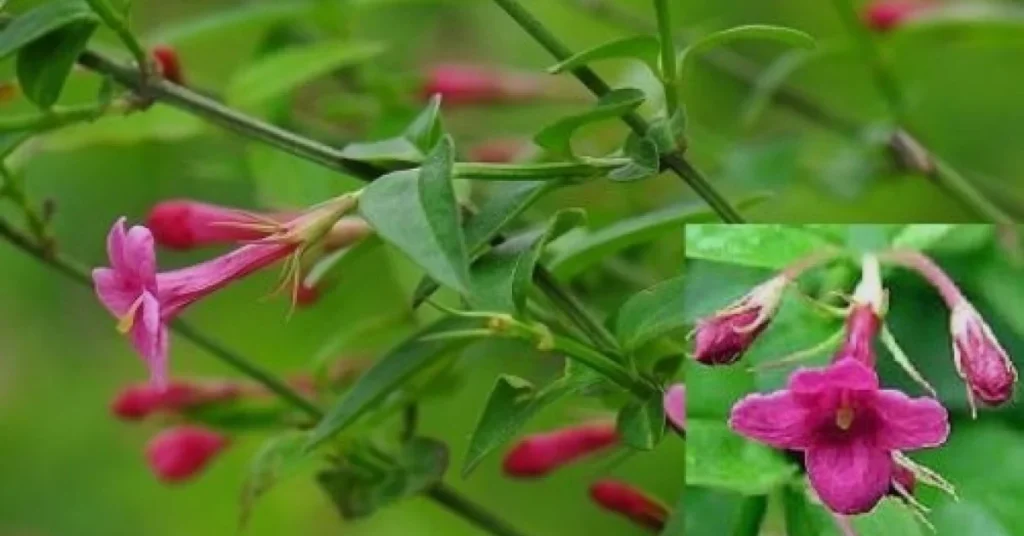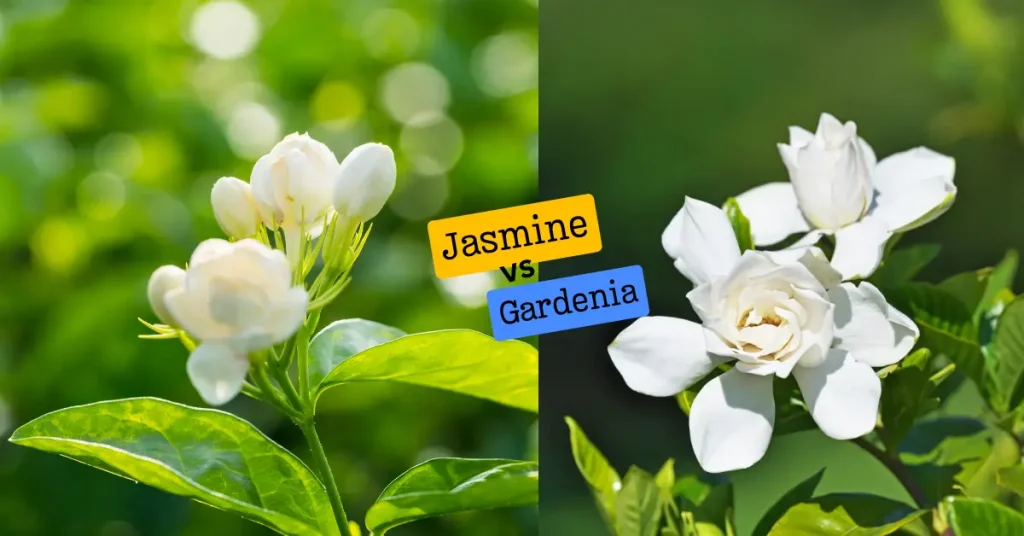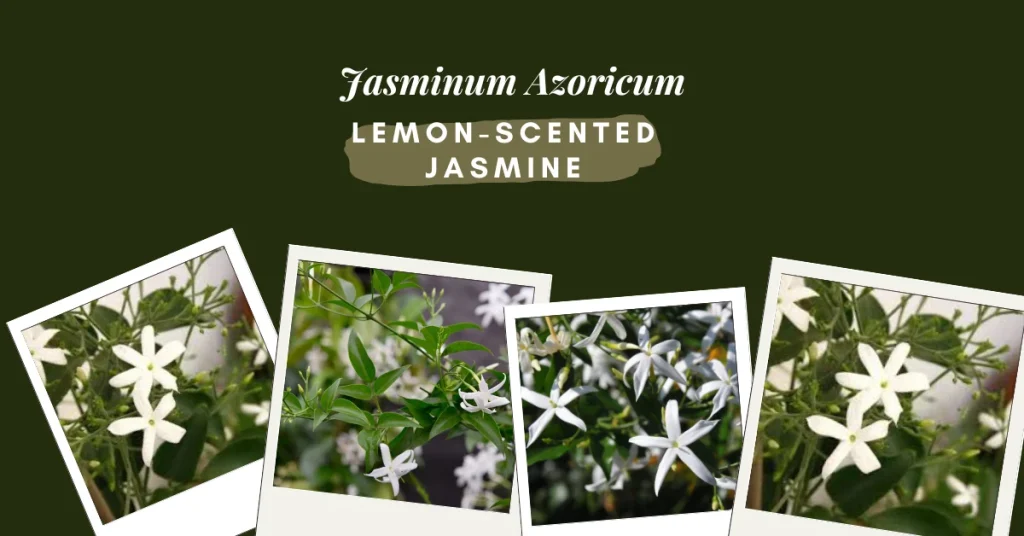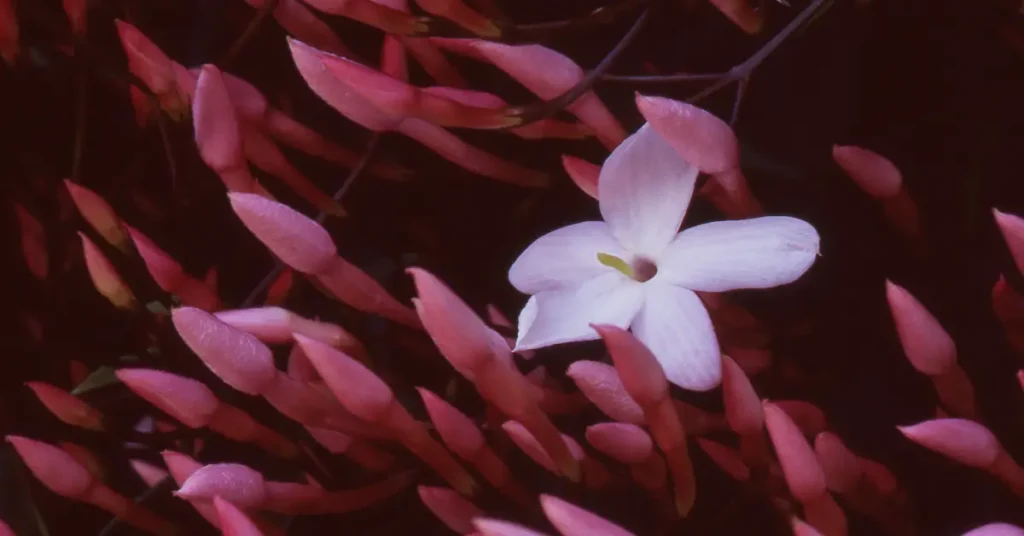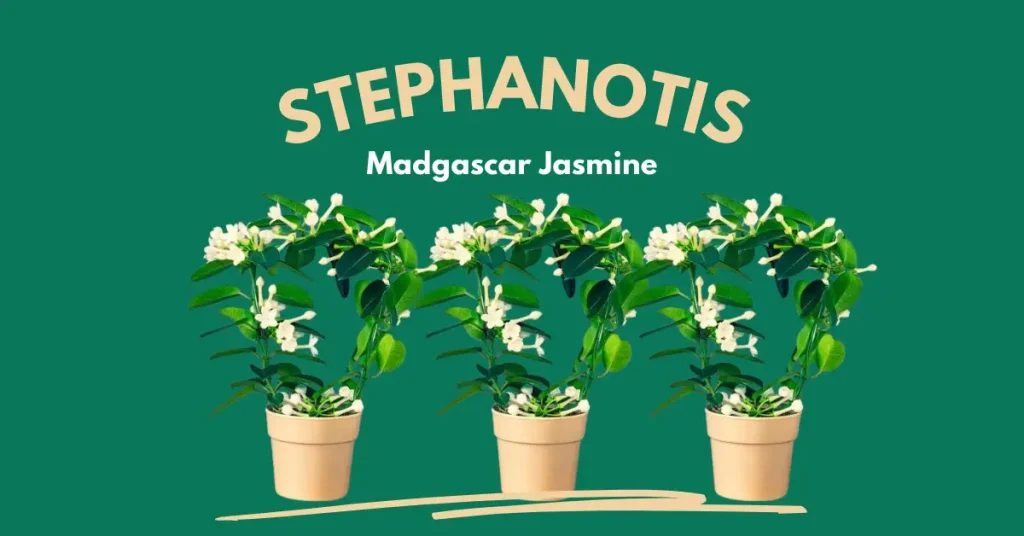Chameli Flower Season in Different Countries
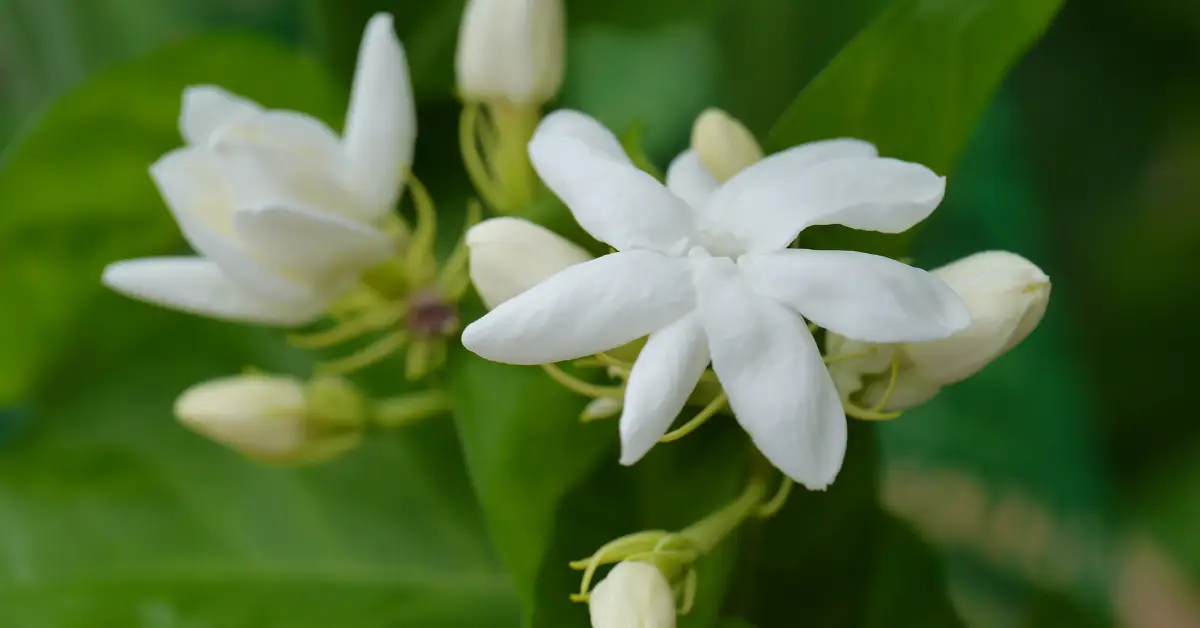
Historically native to certain regions of Asia, Jasmine (Chameli flower) popularity has spread it to various parts of the world. It is grown in various parts of the world such as India, France, Egypt, Nepal, Pakistan, Bangladesh, Saudi Arabia, Thailand, United States and United Kingdom. Its adaptable nature allows it to thrive in different climates and soils. However, it is primarily found in tropical and subtropical regions. With its popularity increasing, jasmine flowers are now being grown in more countries as well, such as Canada and Australia. In this article, you will see chameli flower season in different countries and popular varieties grown.
In the United States, the Chameli flower is known as “Jasmine”, and it is a popular flower among gardeners. They are commonly grown in the southern and western regions where the climate is more favorable for their cultivation. They are used for their beauty and fragrance in gardens and landscapes.
Star jasmine (Trachelospermum) is grown in the United Kingdom. Jasmine was reported to be present in the Oxford Botanical Garden in the seventeenth century.
Jasmine grow best at warm climates. However, winter jasmine (Jasminum nudiflorum) is a specie that can tolerate the temperature -12°C to -7°C.
The best varieties of jasmine in Canada are Jasminum officinale (common jasmine), Jasminum polyanthum (pink jasmine) and Jasminum sambac (Arabian jasmine). Canada may not be the native habitat for this tropical flower, but the careful cultivation and nurturing by avid gardeners have allowed the Chameli to thrive in specific regions like the Coastal areas of British Columbia, the southern parts of Ontario, and the sheltered spots in Quebec.
Jasmine Plant was first introduced to China during the Han Dynasty (202BC-220AD). Jasmine is cultivated in several provinces across China, with notable production in regions such as Fujian, Guangxi, Guangdong, Yunnan, and Sichuan. The scent of Jasmine holds cultural significance in China, and its flowers are also used in traditional Chinese medicine.
Jasmine holds cultural importance in China, symbolizing beauty, grace, and the purity of heart. The aromatic essence of Jasmine is infused into teas, perfumes, and various cultural practices.
Japanese Jasmine (Jasminum mesnyi) are the climbers and species of Shrub. It was introduced from China during the Nara period. Jasmine is cultivated in various regions of Japan, but some areas are particularly known for their popularity in growing this fragrant flower. Here are some popular sowing regions: Kyoto, Tokyo, Osaka, Nara, Yokohama and Sapporo.
Jasmine flower has been cultivated in France for centuries and the flower is associated with romance and love in French culture. Its delicate scent is said to evoke feelings of passion and desire, making it a popular gift for expressing love. In fact, during the Victorian era in France, it was common for lovers to exchange bouquets of jasmine as a symbol of their affection. It was also believed that placing a jar of jasmine flowers under the bed would ensure a peaceful and loving relationship between partners. Popular areas are: Provence-Alpes-Côte d’Azur, Versailles, Grasse, French Riviera, Loire Valley, Corsica and Paris.
It is believed that the jasmine flower originated from the Himalayas in India and spread to other countries like Thailand, China, Myanmar, Sri Lanka, and Indonesia. Besides “Dok Ruk” (Flower of Love), jasmine is the second most popular flower due to its scent. Although it is not native but surprisingly it is the symbol for motherhood. Some of the popular areas where it is grown include Bangkok, Chiang Mai, and Nan Province.
In ancient times, it started with Common Jasmine and now the most popular variety of Chameli flower in Egypt is Jasminum sambac. Flower was brought to Egypt from Persia and India. 90% Nile delta is occupied by these innocent flowers and source of income for the producers and pickers.
In ancient time, in Egypt, jasmines flowers were scattered at the beds of newly weds and flowers were symbol of love, purity and sensuality.
The National Flower (puspa bangsa) of Indonesia is Jasminum sambac (locally:melati putih). In Indonesia, this flower is believed to be a sacred flower and a symbol of simplicity, purity, peace and sacredness. Approximately 22 to 28 million kilograms of flowers are produced annually which have diversified uses and significance. Popular growing areas are: Central Java, East Java, Bali, West Java, Yogyakarta, Jakarta, West Sumatra.
Chameli flowers (jasmine) are cultivated across India, especially in regions with warm and tropical climates. States like Tamil Nadu, Karnataka, Andhra Pradesh, and Kerala are known for chameli cultivation. Chameli flowers symbolize purity, love, and prosperity in many Indian traditions. Extensive use in making traditional garlands (mala), perfumes (attar) and in ayurveda (herbal medicines).
Locally called “Motia” and in urdu language called “chambeli”, was chosen as National Flower on 15th July 1991. Due to its sweet fragrance, it is widely grown and used in ceremonies and perfume industry. Chambeli flowers symbolize purity, love, romance and prosperity. Extensive use in making traditional garlands (mala), Gajra, perfumes (attar) and in ayurveda (herbal medicines).
Frequently Asked Questions
Q: Do jasmine flowers bloom at night?
Jasmine flowers bloom at night. Their fragrance is more intense at night because of the cooler environment and still air.
Q: Is Chameli and jasmine same?
Yes. Chameli or chambeli is the local name. jasmine is english name. Jasminum officinale is the scientific name.
Q: Which jasmine smells the most?
Most scented one is Common Jasmine. Others are wild jasmine, Arabian jasmine and Angel wing jasmine.

I am Yasir Riaz, an Agronomist for more than a decade. Helping local farmers and Gardeners to improve their crops and Gardens and overall productivity. In addition to my work in agriculture, I have also delved into the digital world as an SEO writer and blogger. Through my blog, I aim to educate and inspire others about the Chameli Flower (Jasmine).

